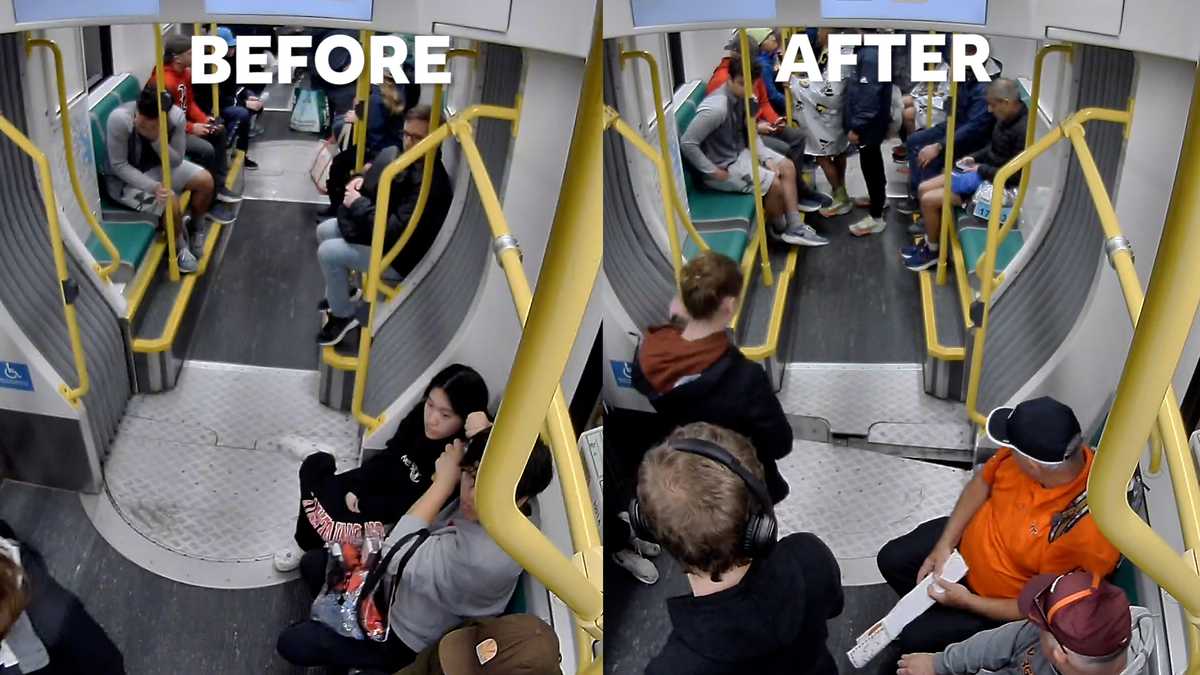There are 4 slow zones on the NB side of the Orange Line, but only 1 appears on TransitMatters. A 75% false negative rate, catching only 25% of the current slow zones.
There are 8 slow zones on the SB side of the Orange Line, but only 2 appear on TransitMatters. A 75% false negative rate, catching only 25% of the current slow zones.
There are 7 slow zones on the NB side of the Red Line, but only 6 appear on TransitMatters. 14% false negative rate, currently catching 86% of the current slow zones.
There are 13 slow zones on the SB side of the Red Line, but only 11 appear on TransitMatters. 18% false negative rate, currently catching 84% of the current slow zones.
The Orange Line is much slower than TransitMatters shows, with 3/4s of the slow zones currently hidden and not appearing on TransitMatters.
The formula TransitMatters uses is shown below:
View attachment 33459
View attachment 33457View attachment 33458
There has to be a better way to calculate slow zones.
It should be based on the most common lowest value observed the the fastest 90% or 95% of trips.
If the median value is being used, that assumes that slow zones exist less than 50% of the time since 2016. I think that's not a very good formula at all. If a slow zone has existed for more than 4 years in the past 7 years, it won't show up on TransitMatters. The fact that 75% of the Orange Line slow zones are being missed, is pretty distrubing, even though we are lucky to even have TransitMatters trying to calculate how much slow zones are there close to realtime.
Here's a graph showing a potential travel time, where full speed has only operated much less than 50% of the observed dataset. The actual slow zones, based on the fastest 5% of trips, will be easy to locate. Whether the calculation should be based on the fastest 5%, fastest 10%, or the fastest 180 days, the exact way, is another question. But the median value isn't a good representation. Obviosuly the data is probably more messy, but it could be based on 7 day rolling average and then taking the fastest 6 weeks of that set.
View attachment 33460

www.bostonglobe.com

